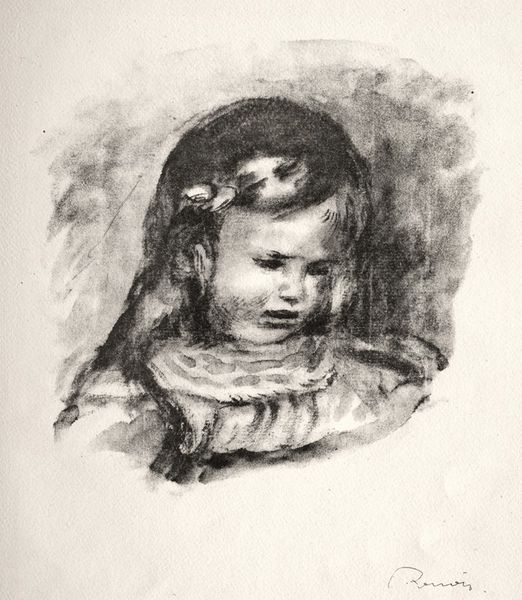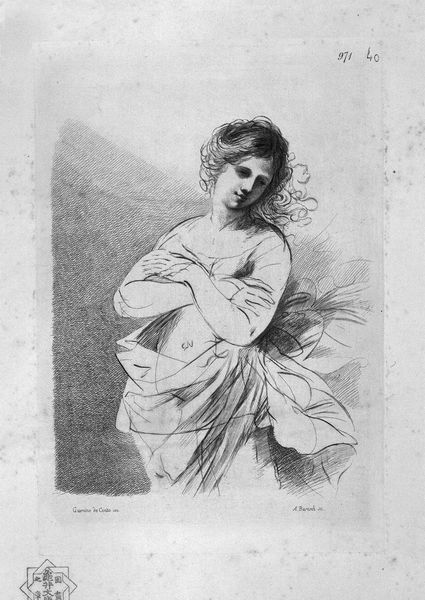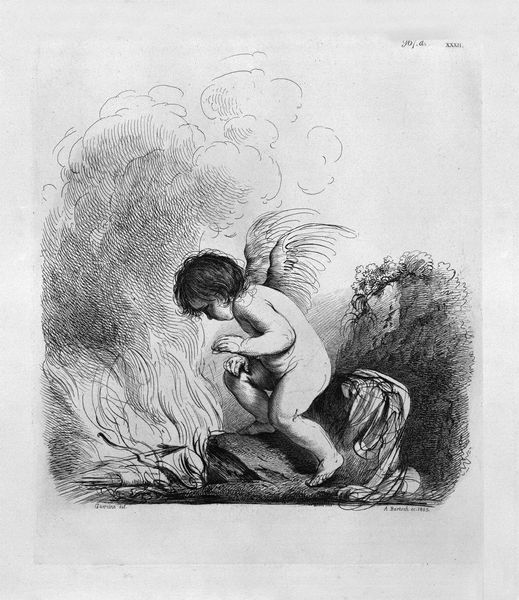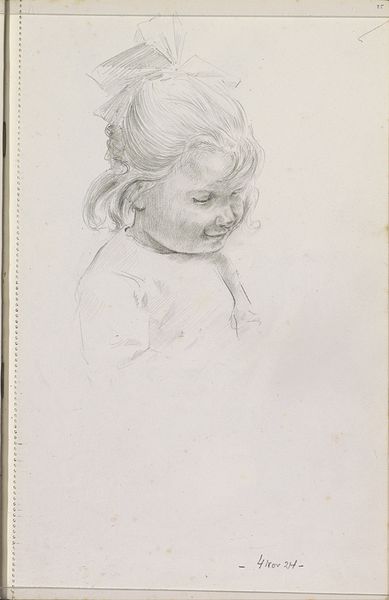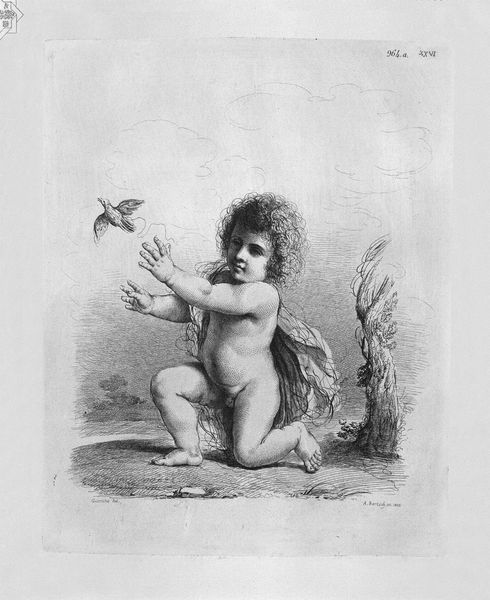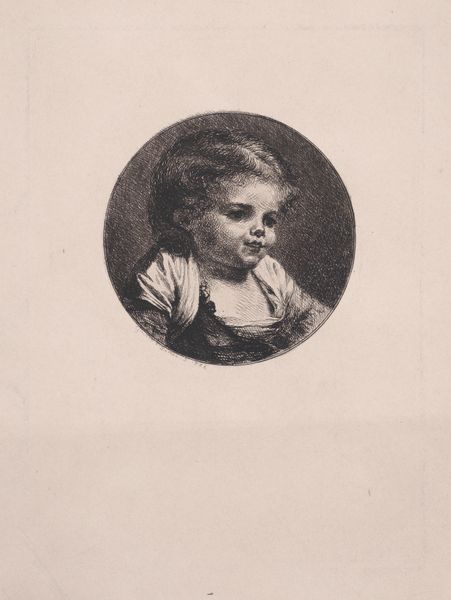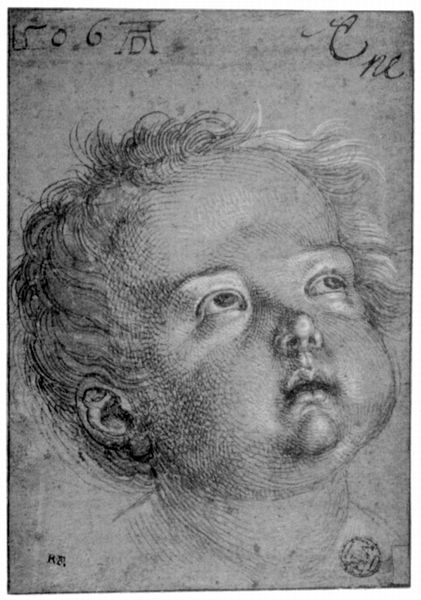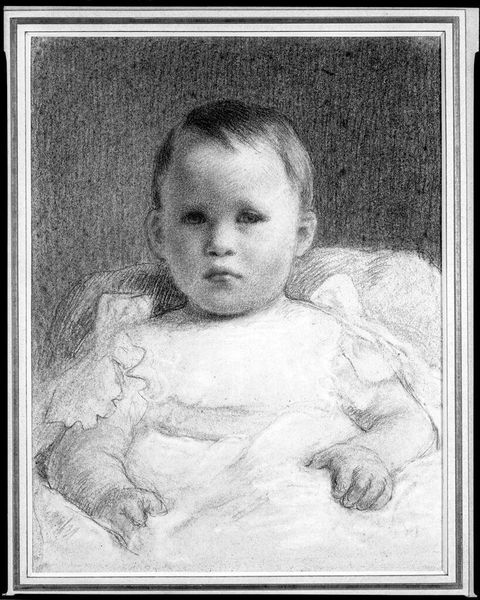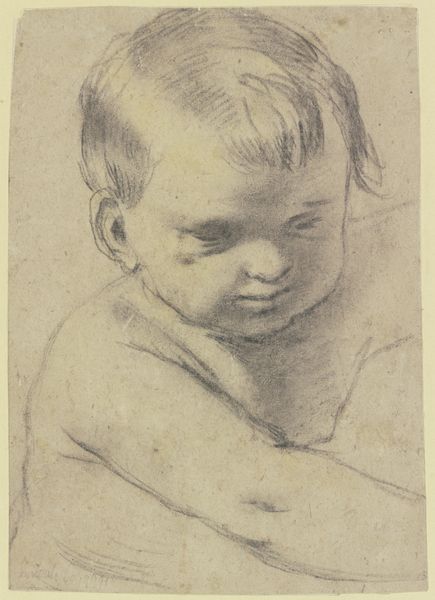
drawing
#
portrait
#
drawing
#
baroque
#
portrait drawing
#
northern-renaissance
Copyright: Public domain
Giovanni Battista Piranesi made this print, "Cherub, half-length," sometime in the 1700s using etching and engraving techniques. Look closely, and you can see how Piranesi used lines to create the image, digging them into a metal plate with a tool called a burin, and then inking the plate to transfer the image to paper. This wasn’t just a way to reproduce an image; the act of engraving itself gave the work its character, those crisp lines defining the cherub’s soft form. Consider the labor involved: each line carefully etched, each print painstakingly made. In Piranesi’s time, prints like these were crucial for circulating images and ideas. They democratized art, making it accessible to a wider audience. Next time you see a print, remember the skilled hands that shaped it. It’s a reminder that art isn’t just about the image, but about the making.
Comments
No comments
Be the first to comment and join the conversation on the ultimate creative platform.

